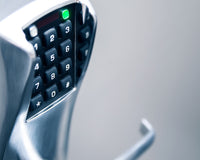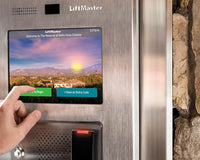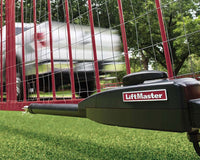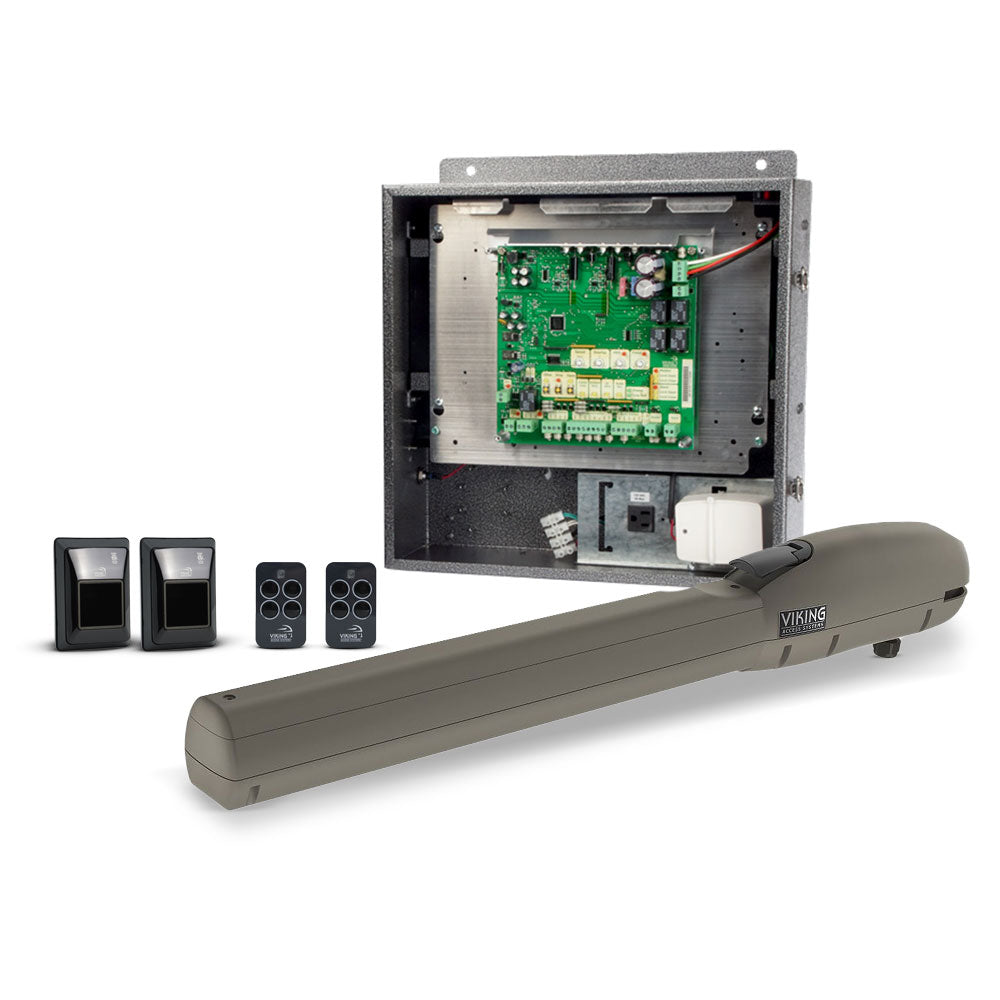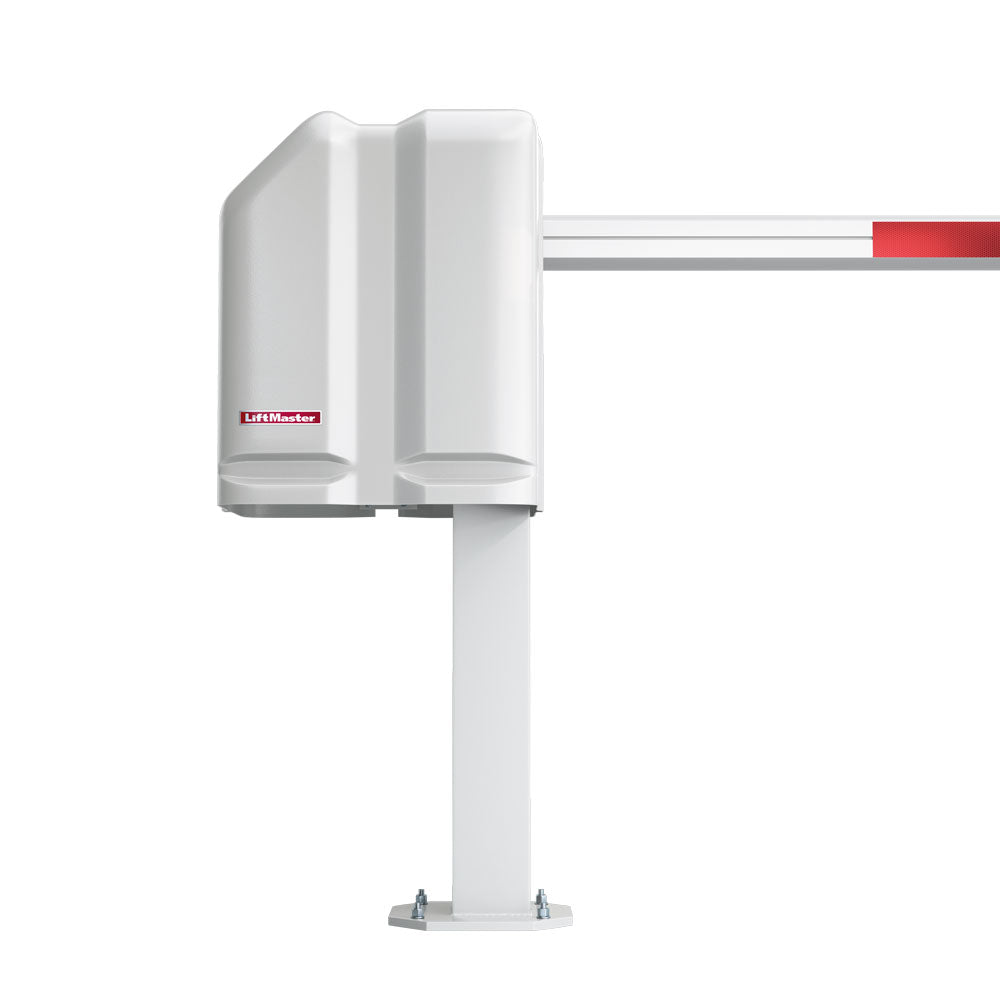These days, a reliable internet connection is a non-negotiable aspect of any business or home. Everything from crystal-clear cable television reception to high-speed internet access, the backbone of this connectivity often lies in a seemingly simple cable: the RG6 coaxial cable.
However, for anyone unfamiliar with the intricacies of cables and connectors, working with RG6 coax cables may pose a bit of a challenge. The goal of this article is to make working with the RG6 coax cable less daunting for anyone looking to use them for their High-speed internet setup.
A Brief Overview of RG6 Coaxial Cable
An RG6 coaxial cable, also called the RG6 cable or coax cable, is a type of electrical cable specially designed for transmitting radio frequency (RF) signals. However, unlike the standard electrical cables that carry alternative currents, coax cables feature a specific type of design that minimizes signal loss and interference.
The Key Components That Make Up an RG6 Cable
Center Conductor
This solid copper wire at the core of the cable helps to carry the signal from the transmitter to the receiver. Its conductivity ensures efficient signal transmission.
Dielectric Insulator
The dielectric insulator is a non-conductive material that surrounds the center conductor and is typically made out of polyethylene foam. This dielectric is an insulator that helps to prevent signal leakage and maintain signal integrity. The foamed structure helps to reduce signal loss by minimizing the amount of solid material in the cable.
Braided Shield
The braided shield is a layer of braided metal, typically made out of copper or aluminum. It surrounds the dielectric insulator and helps to block external electromagnetic interference, which may disrupt the transmitted signal.
Outer Jacket
The outer jacket is a protective layer of PVC (Polyvinyl Chloride) that shields the cable from physical damage and environmental factors.
Note: The specific design of an RG6 cable, particularly the thickness and quality of the braided shield, will determine the signal quality and frequency range provided by the cable.
The RG6 Coax Cable Family
While the RG6 coaxial cable is a popular choice for many applications, it is not the only type of coaxial cable used for these applications.
Here are two other types of coaxial cables used for signal transmission:
RG59
The RG59 is thinner and more flexible than the RG6 cable, features that make it more suitable for shorter runs and lower-frequency applications like CCTV cameras. However, it typically experiences higher signal loss over longer distances.
RG11
The RG11 is a thicker, more robust cable with superior signal quality over long distances. However, its larger diameter and higher cost make it less suitable for typical home installations. However, industrial installations with a potential for heavy signal interference and workload are more likely to benefit from using the RG11 coax cable.
The RG58 is another variation of the coaxial cable usually manufactured by Doorking.
5 Things to Know Before Buying RG6 Coax Cables
Below are five (5) factors to consider when shopping for RG6 coaxial cables:
- Cable Length: The length of coaxial cable you need depends on the distance between your signal source, typically a cable box, satellite receiver, or any other signal source, and the receiving device, like a television or modem. It is advisable to use a slightly longer cable to accommodate future adjustments or changes in setup.
Note: The longer your coaxial cable is, the greater the amount of signal loss your setup would experience.
- Shielding: The quality of the shielding determines the cable’s ability to resist electromagnetic interference (EMI). Dual-shield cables that have both foil and braided shielding offer superior protection against EMI and radio frequency interference (RFI).
- Connector Type: The most common connector used for RG6 cables is the F-type connector. Ensure that the cable you purchase comes with pre-attached connectors or is compatible with the connectors that you already have. The F-type connector is an inexpensive, threaded, and gendered compression connector that works great for radio frequency signals with up to 75 Ohms impedance for frequencies over 1 GHz.
- Cable Quality: Ensure that you look for cables made by reputable manufacturers that specify the cable’s specifications, such as impedance (typically 75 ohms for RG6) and shielding type.
- Price: While it may be tempting to opt for the cheapest option, we advise that you consider the long-term benefits of a higher-quality cable. High-quality RG6 cables provide better signal quality and durability, potentially helping you save money in the long run.
Some of the most common applications of RG6 coax cables are:
- Cable Televisions
- Satellite TV
- High-Speed Internet (Cable Modem) Connections
- Intercom Systems
- CCTV Systems
Things You Need to Know Before Buying a Coax Cable
While fiber optic cables have gained popularity for high-speed internet connections, RG6 coax cable still finds use in several applications. The combination of reliability, affordability, and ease of installation that these cables offer make them a continued preferred choice for various setups.
As technology continues to advance, further advancements can be expected to be made in coaxial cable technology, providing better performance and bandwidth capabilities. However, the RG6 coax cable remains a reliable and cost-effective solution for transmitting signals in homes and offices.
To shop for the best RG6 coax cables for your use cases, check out our collection of coax cables, tools, and accessories necessary for creating reliable high-speed internet connections all in one place. All Security Equipment is a one-stop shop for all things security, networking, and tactical equipment and accessories.
Check our article on how to enhance your home security with the latest smart lock technology for ideas on how to upgrade your facility in conjunction with high-speed internet. Do you need an installer to help you set up your internet using RG6 coax cables?
Contact our team of experts today!


